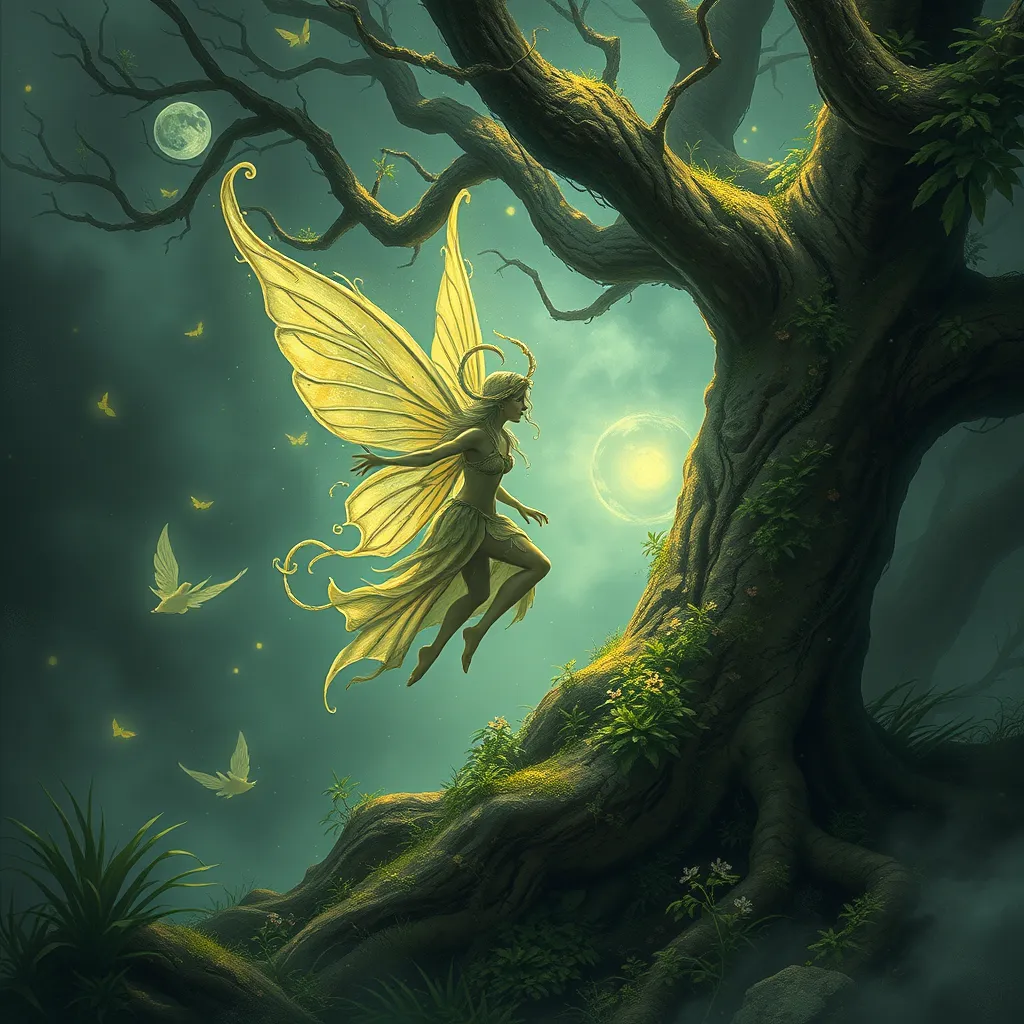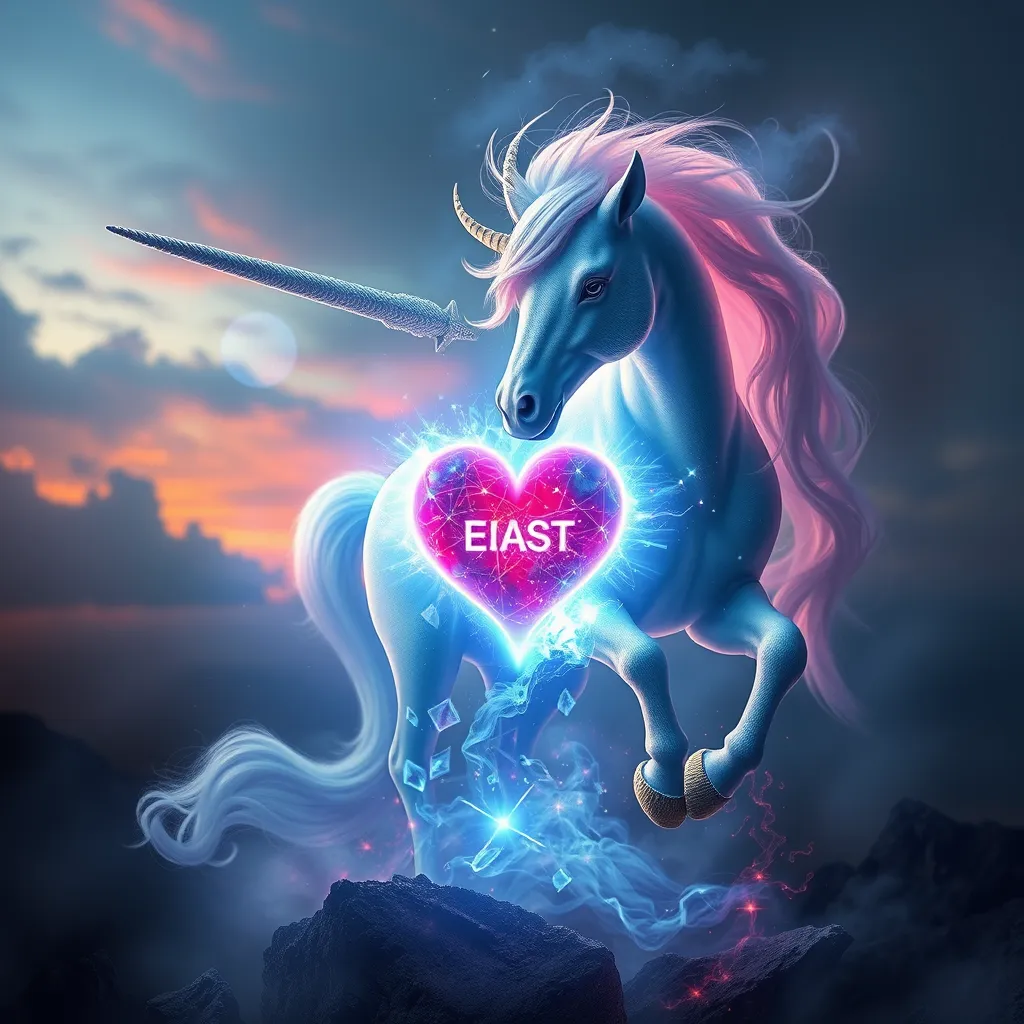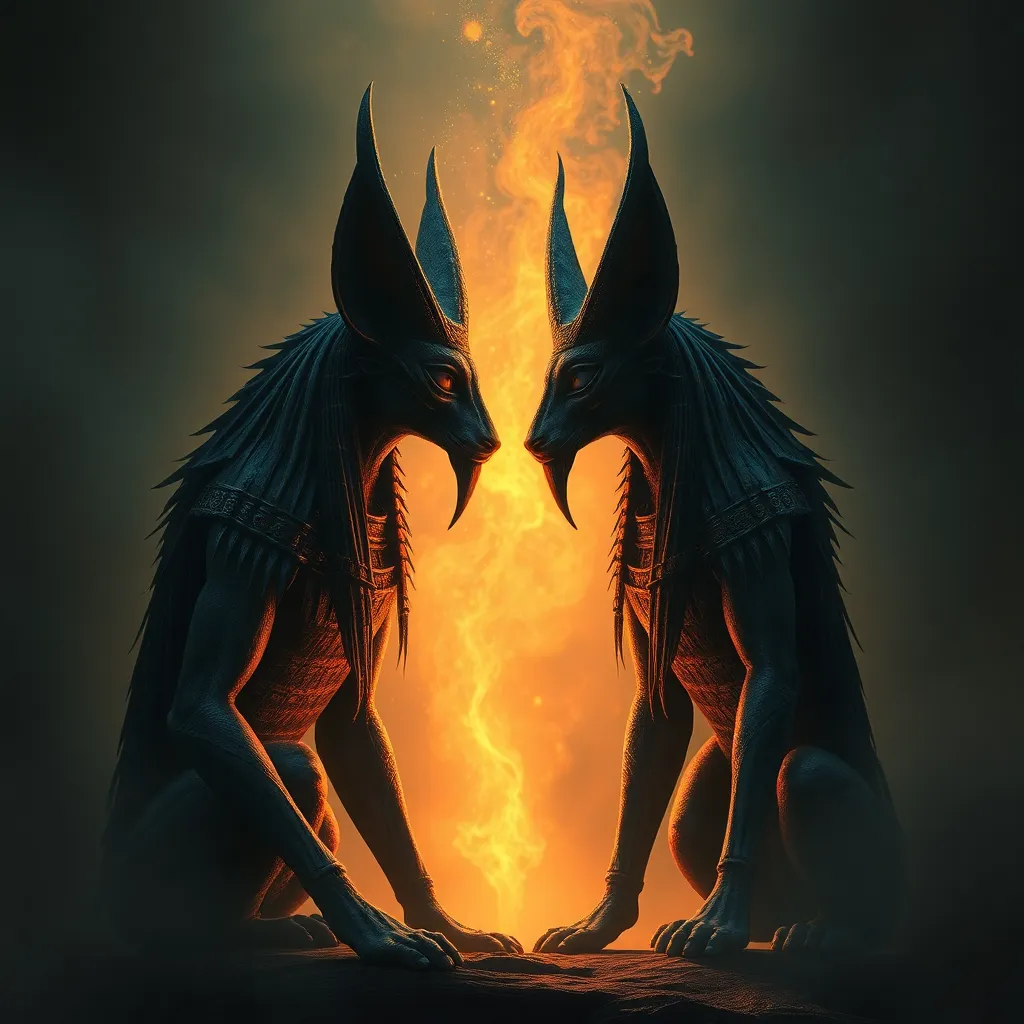Faerie Fables and Ancient Whispers: The Origins of Fairy Lore
I. Introduction
Fairy lore encompasses a rich tapestry of myths, legends, and folktales centered around magical beings, often referred to as fairies, fae, or faeries. These enchanting stories have been passed down through generations, captivating audiences with their blend of wonder and caution. Fairy tales are not merely children’s stories; they serve as crucial cultural artifacts that offer insight into the values, fears, and aspirations of societies throughout history.
This article will explore the origins of fairy lore, examining its historical context, key themes, regional variations, evolution, contemporary relevance, and psychological and sociological aspects. Through this exploration, we will uncover the significance of fairy tales in shaping human experience and cultural identity.
II. The Historical Context of Fairy Lore
The roots of fairy lore can be traced back to early civilizations, where beliefs in faeries were often intertwined with nature and spirituality. Ancient cultures, from the Celts to the Greeks, imbued their natural surroundings with supernatural significance, believing that unseen forces inhabited the world around them.
Oral traditions played a pivotal role in the transmission of these tales, as stories were shared in communal settings, evolving with each retelling. This oral storytelling not only entertained but also reinforced community bonds and cultural values.
Folklore, including fairy tales, has been instrumental in shaping community identity. These narratives reflect local customs, historical events, and collective experiences, creating a shared cultural heritage that binds individuals together.
III. Key Themes in Fairy Lore
Fairy lore is rich with recurring themes that resonate across cultures and time periods. Understanding these themes offers deeper insights into the narratives themselves.
- Nature and the Supernatural: Many fairy tales highlight the connection between humans and the natural world, often portraying faeries as guardians of the environment or as entities that can manipulate nature.
- Morality and Lessons Conveyed Through Fables: At their core, fairy tales often impart moral lessons. They serve as cautionary tales, guiding behavior and decision-making through the consequences faced by characters.
- The Duality of Faeries: Benevolent vs. Malevolent: Faeries are depicted in a spectrum of roles, from helpful and kind to mischievous and dangerous, reflecting the complexities of human nature and the unpredictability of life.
IV. Regional Variations in Fairy Tales
Fairy lore varies significantly across regions, influenced by local customs, beliefs, and environments. Here are some notable regional distinctions:
- European Fairy Lore: Celtic, Germanic, and Slavic influences shape a diverse landscape of fairy tales, with stories often featuring woodland creatures, enchanted landscapes, and mythical beings like leprechauns and trolls.
- Asian Interpretations: In Asia, fairy tales often incorporate spirits and deities from religious traditions, such as the Japanese yōkai or the Chinese huli jing, showcasing a unique blend of mythology and fairy lore.
- Indigenous Tales: Many indigenous cultures feature stories that emphasize a deep connection to nature and ancestors, illustrating the importance of the land and the wisdom of previous generations.
V. The Evolution of Fairy Stories
The transition from oral tradition to written narratives marked a significant turning point in the history of fairy tales. As societies evolved, so did the methods of storytelling.
Notable authors have immortalized fairy tales in written form, most famously:
- The Brothers Grimm: Their collection of German folktales, including classics like “Cinderella” and “Snow White,” helped cement fairy tales as a literary genre.
- Hans Christian Andersen: Known for his poignant tales such as “The Little Mermaid” and “The Ugly Duckling,” Andersen infused his stories with deeper emotional and moral complexities.
The Victorian era further transformed fairy tales, emphasizing moral rectitude and social values, which influenced how these stories were told and received by audiences.
VI. The Role of Fairy Lore in Contemporary Culture
Fairy lore continues to thrive in contemporary culture, adapting to modern sensibilities while retaining its timeless appeal.
- Adaptations in Modern Literature and Film: Many classic fairy tales have been reimagined in films, books, and television series, such as Disney’s animated adaptations and contemporary retellings in young adult fiction.
- The Revival of Interest in Folklore: There has been a growing fascination with folklore and mythology, leading to a resurgence in the popularity of traditional fairy tales and their themes.
- Influence on Art and Fashion: Fairy lore inspires artists and designers, evident in fashion collections, visual art, and performances that draw on the whimsical and fantastical elements of these tales.
VII. The Psychological and Sociological Aspects of Fairy Lore
Fairy tales hold significant psychological and sociological importance, particularly in childhood development.
- Significance in Childhood Development: Fairy tales play a crucial role in helping children navigate complex emotions and moral dilemmas, providing a safe space to confront fears and desires.
- Symbolism and Archetypes: Many tales contain universal symbols and archetypes, such as the hero’s journey or the wise old woman, which resonate across cultures and help individuals understand their own lives.
- Addressing Societal Fears and Desires: Fairy tales often reflect societal anxieties and aspirations, presenting narratives that help individuals grapple with their realities.
VIII. Conclusion
In summary, fairy lore is a rich and multifaceted aspect of cultural history, deeply embedded in the human experience. From its historical roots and key themes to its evolution and contemporary relevance, fairy tales serve as a mirror reflecting our values, fears, and dreams.
The enduring legacy of fairy lore invites us to explore local tales and their origins, revealing the unique stories that shape our understanding of the world. As we delve into these narratives, we not only connect with our past but also enrich our present and future.



